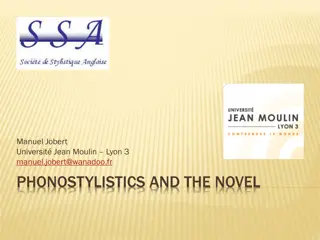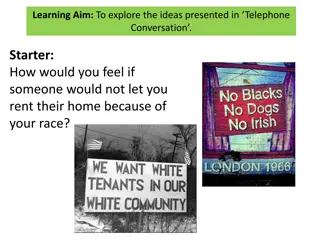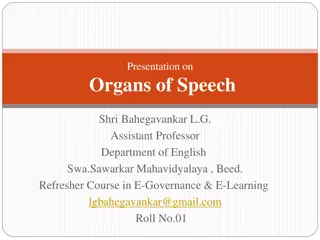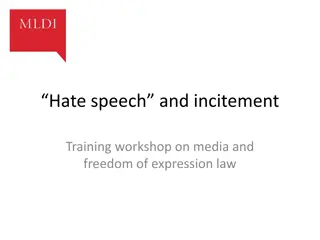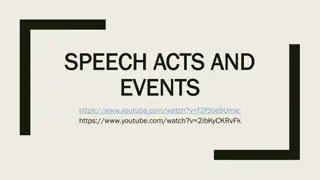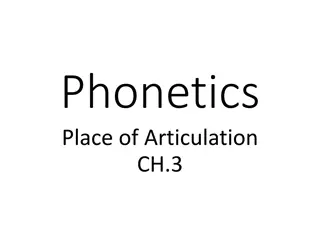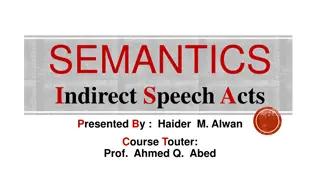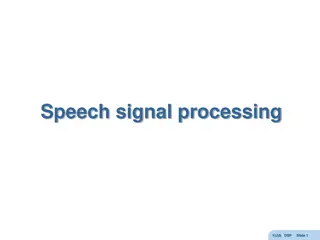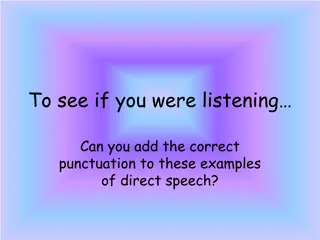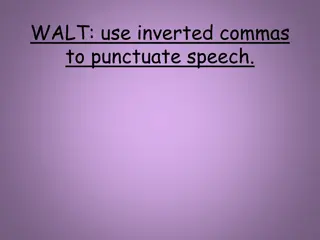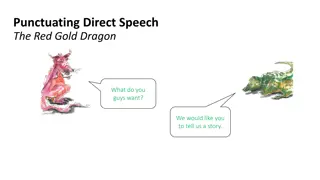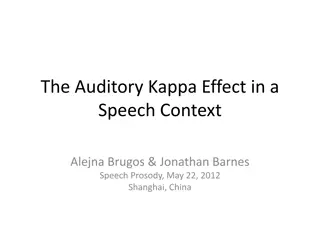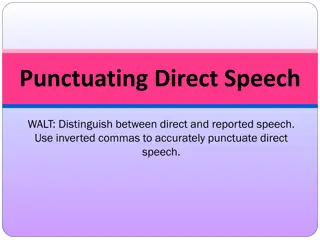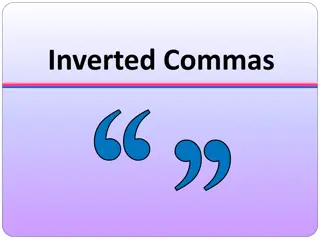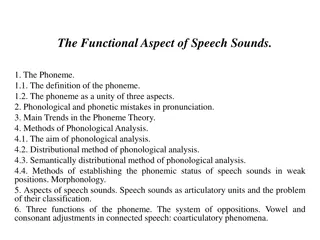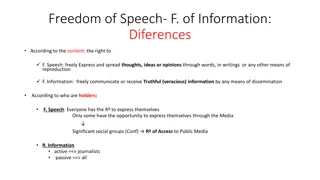Understanding Speech Events and Conversation Analysis
Exploring speech events such as conversations, debates, and interviews reveals the vast variations in how people communicate based on factors like relationships, status, and societal norms. Conversation analysis emphasizes turn-taking and the intricacies of verbal interactions, highlighting diverse strategies and conventions that influence communication styles.
Download Presentation

Please find below an Image/Link to download the presentation.
The content on the website is provided AS IS for your information and personal use only. It may not be sold, licensed, or shared on other websites without obtaining consent from the author. Download presentation by click this link. If you encounter any issues during the download, it is possible that the publisher has removed the file from their server.
E N D
Presentation Transcript
Discourse Analysis Lecture 3
Speech events In exploring what it is we know about taking part in conversation, or any other speech event (e.g. debate, interview, various types of discussions), we quickly realize that there is enormous variation in what people say and do in different circumstances.
In order to begin to describe the sources of that variation, we would have to take account of a number of criteria. For example, we would have to specify the roles of speaker and hearer (or hearers) and their relationship(s), whether they were friends, strangers, men, women, young, old, of equal or unequal status, and many other factors. All of these factors will have an influence on what is said and how it is said
Conversation Analysis In simple terms, English conversation can be described as an activity in which, for the most part, two or more people take turns at speaking. Typically, only one person speaks at a time and there tends to be an avoidance of silence between speaking turns. (This is not true in all situations or societies.) If more than one participant tries to talk at the same time, one of them usually stops, as in the following example, where A stops until B has finished.
: Didnt you [know wh- : [But he must ve been there by two : Yes but you knew where he was going
For the most part, participants wait until one speaker indicates that he or she has finished, usually by signaling a completion point. Speakers can mark their turns as complete in a number of ways: by asking a question, for example, or by pausing at the end of a completed syntactic structure like a phrase or sentence. Other participants can indicate that they want to take the speaking turn, also in a number of ways.
Turn-taking Some of the most interesting research in this area has revealed different expectations of conversational style and different strategies of participation in conversation. Some of these strategies seem to be the source of what is sometimes described by participants as rudeness (if one speaker cuts in on another speaker) or shyness (if one speaker keeps waiting for an opportunity to take a turn and none seems to occur). The participants characterized as rude or shy in this way may simply be adhering to slightly different conventions of turn-taking.
One strategy, which may be overused by long-winded speakers or those who are used to holding the floor (e.g. some politicians and professors), is designed to avoid having normal completion points occur.We all use this strategy to some extent, usually in situations where we have to work out what we are trying to say while actually saying it.
The Cooperative Principle One strategy, which may be overused by long-winded speakers or those who are used to holding the floor (e.g. some politicians and professors), is designed to avoid having normal completion points occur. We all use this strategy to some extent, usually in situations where we have to work out what we are trying to say while actually saying it.
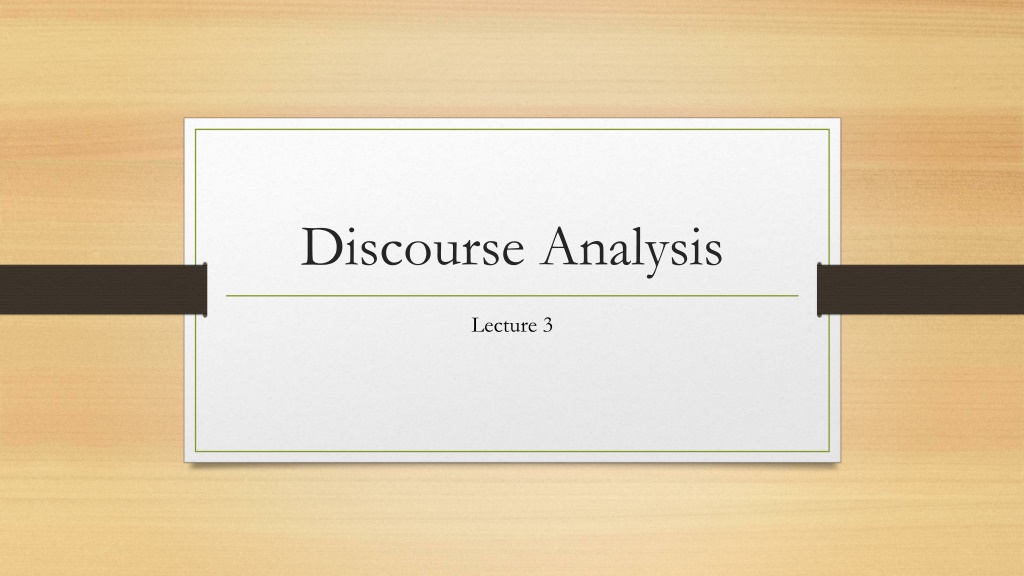


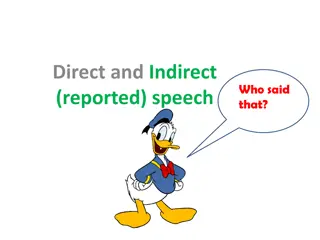
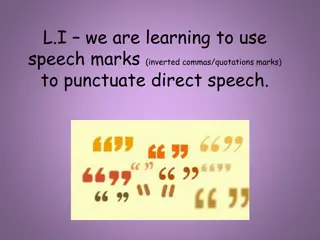



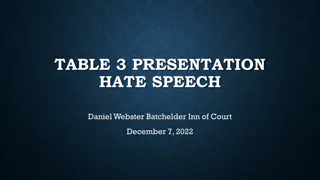

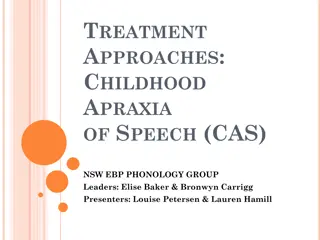

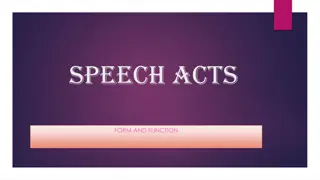
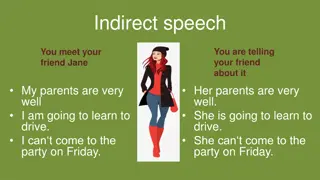
![Prevention and Combating of Hate Crimes and Hate Speech Bill [B.9B.2018]](/thumb/60513/prevention-and-combating-of-hate-crimes-and-hate-speech-bill-b-9b-2018.jpg)


